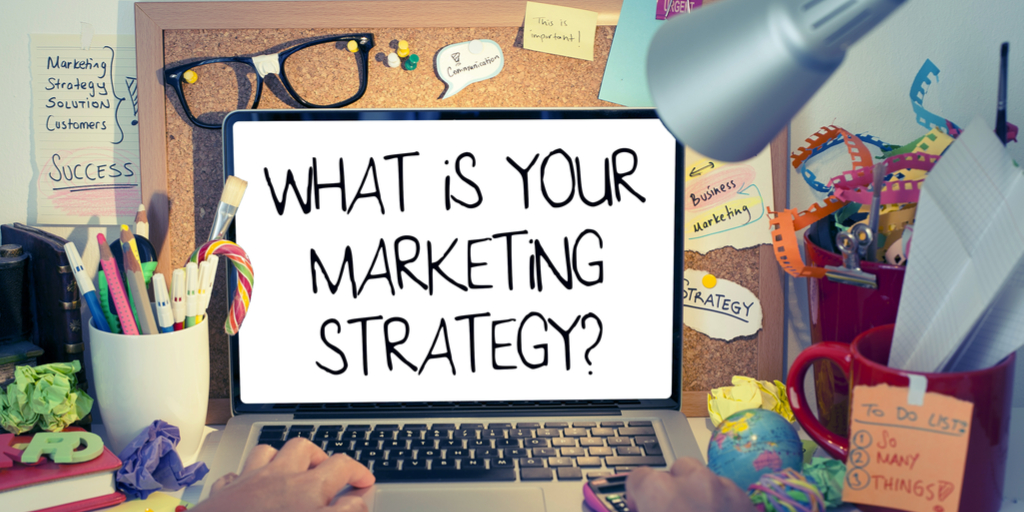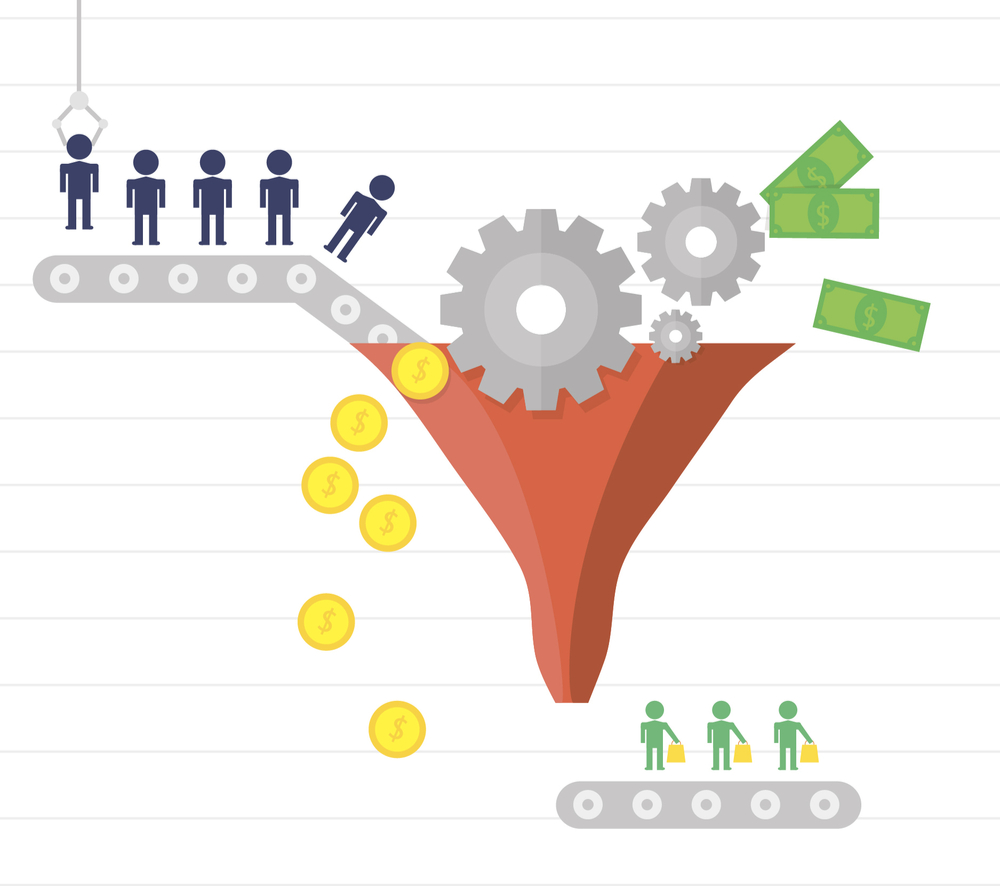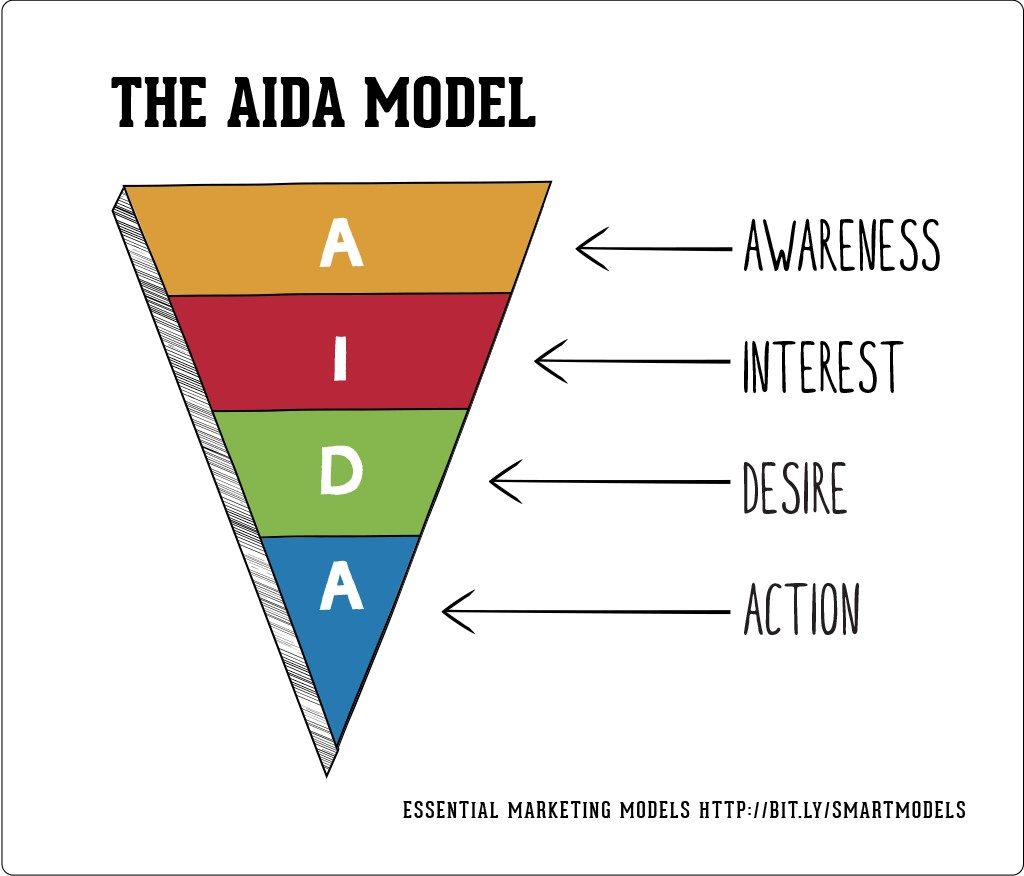
Marketing Strategy – Part 1: What Your Marketing Is Likely Missing
We’ve been on a pretty wild (and in-depth) journey recently. We gave you a crash course on the marketing principles that have guided the world’s most successful companies for decades.
Hopefully, by now, we have answered most of your strategic marketing questions.
- We taught you how to be market oriented and always rely on the data instead of hunches and “gut” instincts.
- You learned how to conduct qualitative and quantitative market research to understand your audience, their desires, their goals, and their problems.
- We then discussed segmentation and taught you how to cut the audience “pie” to focus on a tight segment of people who possess similar characteristics.
- Next, we taught you how to choose a winning segment to target and then position yourself in your market to become meaningful to customers and gain a competitive edge.
We know it was a LOT to grasp, but there is one more thing we need to discuss, and it very well may be the MOST important part of this entire series.
Even if you execute all of these pieces successfully (market orientation, research, segmentation, targeting, positioning), your chance of success is still LOW if you do not understand how they fit under the umbrella of a high-level marketing strategy.
If you act on tactics without being guided by a top-level strategy, you will encounter trouble in the future, regardless of how your sales look in the short term.
What’s the difference between tactics and strategy?
Strategy is HOW you play the game and win. The tactics are the tools and actions guided by strategy that help you play the game (and play it well).
The bottom line here is that you shouldn’t make tactical decisions while you are in the strategy planning stages. Doing so could be disastrous.
According to the Art of War, “Strategy without tactics is the slowest route to victory. Tactics without strategy is the noise before defeat.”
So here’s your crash course on strategy…applying this information and letting it inform your tactical decisions will set you up for massive company wins.
Let’s go!
The 3 Big Strategic Questions You Must Ask
We talked a lot about segmentation and targeting in this series, but let’s take a look at these concepts from a higher vantage point, as this is necessary to understand market strategy.
Here are 3 BIG strategic questions to ask that define Who, What, and How.
1) Who is your target customer?
This is one of the first questions you will answer as you dive into market research and pare your audience down to smaller segments to target. Selling and marketing is pretty much pointless if you don’t—even at a fundamental level—know whom you are targeting.
2) What are you trying to get from this customer? What’s your objective?
You’d be surprised by how many businesses we encounter that are already knee deep in segmentation and targeting (tactics) yet can’t answer this simple (strategic) question.
It may seem like the answer is clear, but go ahead and ask yourself and see what you come up with. If you can't answer in 5 seconds or less, or if your team members don’t all answer the same (without conferring with one another), you need to get clearer on your overall objective. We’ll talk a little more about objective in a second.
3) How will you get that customer to do what you want them to do?
This involves your position in the marketplace and how you want your customers to perceive your brand. Once you figure that out, you can create the messaging that ultimately leads to your customer aligning with your positioning goals (they do what you want them to do).
What Is the Right Objective?
Let’s talk a little about objective, shall we?
If you couldn’t answer the second question above (which is super important), we want to guide you a little more so you can start putting the pieces of your marketing strategy together.
If you were able to answer, what did you come up with?
Did you answer, “get more sales”? If so, well, you are wrong. Don’t worry though, it's a common answer. I mean, who doesn’t want more sales, right?
It’s not that getting sales is necessarily a “wrong” objective. Everything you do and the reason why you are marketing is to get more sales, so it would seem a likely answer.
But…
Getting sales is NOT the only goal. Repeat, getting sales is NOT the only goal.

“Ummm, why would I not want sales? Why else am I in business?”
We know that sounds strange, but just bear with us here.
Your marketing should drive ALL stages of the customer buying cycle (or purchase funnel) not just focus only on the customer purchase.
Consumers go through defined stages when buying, and only one of the stages actually includes an exchange of money.
You see, your customers don’t just blindly open their wallets and buy goods. They progress through several stages before they make a decision to buy. Then, after they purchase, if you did your job right, they will become loyal customers and advocates for your brand, spreading the good word to others. These stages comprise the “purchase funnel.”
The Purchase Funnel Defined
The customer buying cycle is set up like a funnel (bigger on the top, smaller on the bottom) because the top part of the funnel will contain the most people (those who are aware of your brand but have not purchased). As the consumer moves through your funnel, it gets smaller because fewer and fewer people will proceed to make a purchase.
The goal is to take as many people from the top of the funnel to the bottom, where they purchase and become loyal customers.

Here are the stages that make up the customer purchase funnel:
Stage #1: AWARENESS (very top of the funnel, widest part)
Are consumers even aware you have a product they could potentially be interested in? How much of the market have you infiltrated?
The awareness stage is when consumers are just realizing their need for a specific product and considering how they are going to meet it.
For example, consumers may want to take a camping trip and after doing some research they realize they need a battery-powered lantern. At this stage, the consumer will be considering how to meet this need. If you have been targeting and positioning correctly and this is your ideal customer, hopefully the consumer will be considering your store as a viable option.
Stage #2: CONSIDERATION
How many people who are aware of their needs have considered using your product?
The next stage of the purchase funnel is consideration, which simply means that your consumer is considering using your product but hasn’t yet made a decision. At this stage, the consumer may be evaluating how your product meets his or her need, and may be doing the same with your competition. The consumer will be weighing his or her options, comparing attributes, reading reviews, and whatever else he or she desires to help in deciding what product to purchase.
Stage #3: PREFERENCE
How many people who have considered you prefer your products over the competition?
At this stage, the consumer is showing a preference for one solution over another, whether because of logic, emotion, or both. He or she has weighed the options and is close to making a decision.
Stage #4: PURCHASE
How many people who preferred your product over the competition actually made a purchase?
At this stage, consumers have made their decision (hopefully in your favor) and are buying your product.
Stage #5: LOYALTY / ADVOCACY
If your customers love your product and you have a solid retention strategy in place, your customers become loyal to your brand, which means they will repurchase or remain a customer for the long term.
Loyalty also leads to advocacy, a state where the customers love your brand and products so much that they become your advocates and share your brand to their own inner circle, essentially marketing your products for you.
The Net Promoter Score
To understand how many customers have become advocates, businesses typically run surveys to assess whether or not customers are recommending their product to others.
In the survey, they ask the question, “How likely are you to recommend your product to your friends?” Participants answer the questions based on a scale of 1-10, with 10 being the most likely to recommend.
The answers culminate into a Net Promoter Score (NPS), a customer loyalty metric that ranges from -100 to +100.
Calculate your NPS by grouping your customers into Promoters (9–10), Passives (7–8), and Detractors (0–6). Your NPS score is the result of subtracting the percentage of detractors from the promoters. If your score is 50 or higher, it is in the high range, which suggests you have a high percentage of customer advocates.
The power of the Net Promoter Score is not just to glean knowledge about your customers, however. Use it to get in touch with the customers who scored low, those who would not recommend you to others. You can gain amazing insight from these people that will help you make customer-focused changes and product improvements to raise your NPS.
Other names and representations of the purchase funnel you may hear:
The purchase funnel is also sometimes referred to as AIDA.
Attention
Interest
Desire
Action
To direct consumers through the buying cycle, you must first get their Attention, then create Interest in your products, then gain their Desire, and then get them to take Action and buy.
The AIDA funnel is similar to our more detailed explanation of the purchase funnel above, but a bit more simplified. It is similar in that it defines the process from awareness to purchase and the stages in between.
Here’s a graphical representation from Smart Insights:
The purchase funnel can also be called…
- The Buying Path
- Customer Buying Cycle
- Hierarchy of Effects
- DAGMAR (Defining Advertising Goals for Measured Advertising Results)
- Marketing Funnel
- Sales Funnel
- Conversion Funnel
- Buyer’s Journey
The Textbook Model vs. Real Life
Okay, do you understand the purchase funnel now?
Good, then forget everything we just said…
What we just outlined is the textbook model for the purchase funnel. What we want you to do is get rid of the model (not completely) and customize it to your audience. Here is the process:
- Perform qualitative research and use the resulting data to customize the funnel to your requirements.
- Perform quantitative research and use the resulting data to populate it.
- Calculate conversion rates from one stage of the purchase funnel to the next.
Now comes the fun part, finding all of the holes in your funnel.
Pretend your funnel is a leaky pipe with a bunch of holes. Some holes are large and some are small. As consumers proceed through your funnel, they may be falling out of the holes instead of proceeding through the stages. This results in lost leads, sales, and revenue.
To fix these holes, you need to determine where you are losing customers. Your job is to close the holes that will make the largest impact.
Here are some examples of holes you may find in your purchase funnel:
- Your website visitors are adding products to the cart but not following through with checkout.
- Website visitors are checking out but abandoning the cart.
- A good percentage of your website visitors become leads but not enough convert.
- Your customers are not repeat ordering.
- Your customers are not recommending your products.
- Your average order value is too low.
- You are getting a lot of traffic to your blog (to promote awareness), but your lead conversions are too low.
What do you use to find the holes?
This warrants a more detailed discussion than we have time for in this article, but typically your Google Analytics (if set up correctly) will tell the story of what is going on behind the scenes.
Review your conversions at all stages of the checkout process. Review traffic sources and destinations, leads, sales, repeat purchases, and site abandonments.
You can also leverage user testing where human users review your website and report everywhere they felt friction, hindering them from getting the information they needed to make a purchase.
Checking for holes at the top of the funnel (awareness, consideration) may entail running a qualitative and quantitative content audit to determine how well your educational content is performing to generate interest and capture leads.
Another approach is to review your email marketing metrics to assess your click-through rates, click rates, and conversions there as well.
How do you fix the holes?
Here are some guidelines:
- Start with the biggest hole. Which one is keeping the most people from purchasing?
- Fix the one that is easiest. Easy fixes can help move things along without a lot of effort.
- Fix the holes that are furthest down the funnel, closest to the purchase/loyalty stages. It’s easier (and less expensive) to convince customers to repurchase than it is to attract new ones.
How you should fix each hole will depend on what your holes are and in which stage of the purchase funnel they exist. If you don’t know how to fix them, or you don’t even know how to figure out if your purchase funnel has holes, let us know so we can help. Fixing pipes (er, funnels) is our specialty.
Is Your Marketing Strategy Intact?
Our goal is to set you up for future success and help you build a business foundation that withstands anything that gets hurled at it.
In this article, we discussed the 3 strategic questions you must ask to understand, at a top level, how you define who, what, and how. Then, we examined purchase funnels and gave you a crash course on the funnel stages and how fixing the holes can lead to greater leads, conversions, and revenue.
In Part 2 of this marketing strategy series, we will teach you how to set marketing objectives, set budgets, and create SMART goals that will allow you to blast through your objectives and create a well-rounded marketing strategy that will guide you to success.


